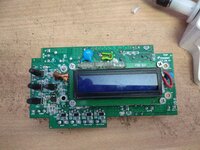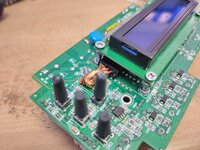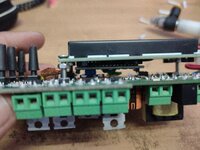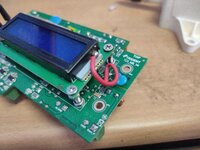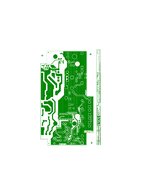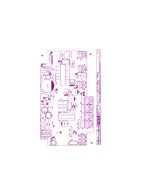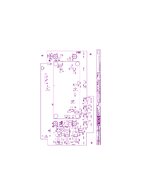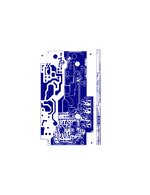jishnuprakash
Junior Member level 2
I am facing a problem with 1602 LCD while testing for EMI EMC compliance of our design, we are using a 1602 LCD with PCF8574
controlling with I2C, when applied ESD air 4KV the display goes gibberish, the microcontroller board is working fine,
I have to restart board to solve this problem, we are using a BLAZE display , we have TVS diodes place in data line, we also have a RH+T sensor on the
I2c line as well
controlling with I2C, when applied ESD air 4KV the display goes gibberish, the microcontroller board is working fine,
I have to restart board to solve this problem, we are using a BLAZE display , we have TVS diodes place in data line, we also have a RH+T sensor on the
I2c line as well
